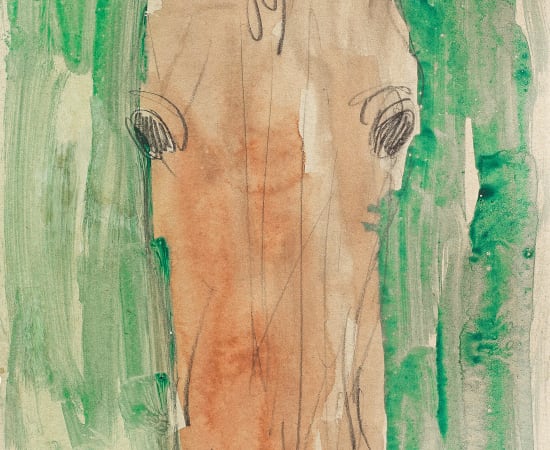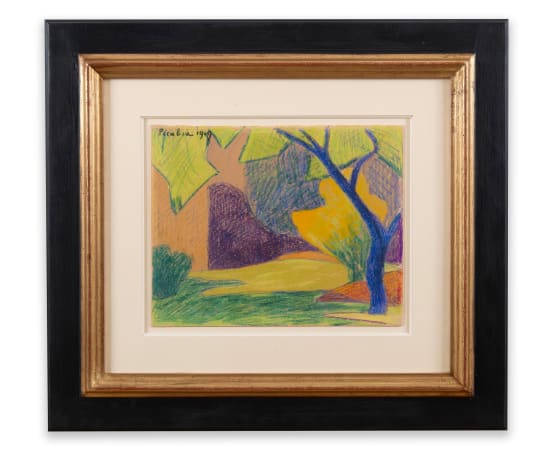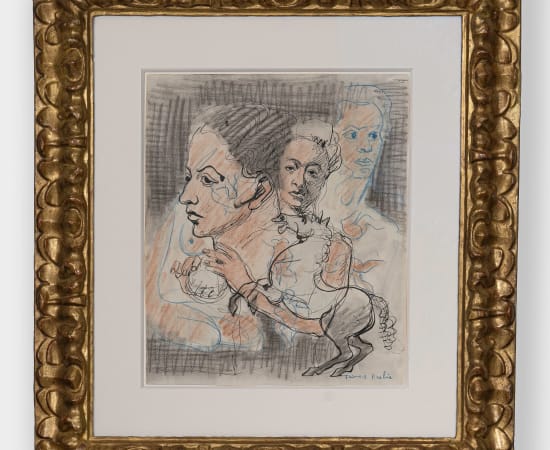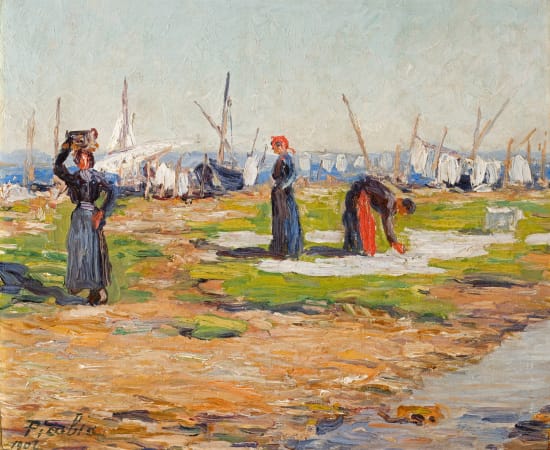Francis Picabia (1879-1953) French
انسيس-ماري مارتينيز بيكابيا (1879-1953) كان فنانًا فرنسيًا من الطليعة، اشتهر بقدرته الفريدة على التنقل بين مجالات مختلفة مثل الرسم، والتصميم، والكتابة، والتحرير. وُلِد في 22 يناير 1879 في باريس لأم فرنسية وأب كوبي، وتميزت مسيرته الفنية بالتجديد المستمر ورفضه الالتزام بأسلوب فني واحد.
خلال مسيرته، انخرط بيكابيا في عدة حركات فنية كبرى، بما في ذلك التكعيبية، والدادائية، والسريالية. بدأت أعماله الأولى بتأثيرات انطباعية، لكنه سرعان ما انتقل إلى التكعيبية، حيث أبدع تكوينات تجريدية غنية بالألوان والتباين. بصفته شخصية محورية في حركة الدادائية، دمج في أعماله الفكاهة العبثية والصور الآلية، متحديًا القواعد الفنية التقليدية. لاحقًا، عزز ارتباطه بالسريالية مرونته وإبداعه الفريد.
تفخر معرض بايلي بعرض أعمال فرانسيس بيكابيا، التي تعكس نهجه الديناميكي والمتعدد الأوجه في الفن. بالنسبة لهواة جمع الأعمال الفنية وعشاق الفن الذين يرغبون في اكتشاف أو اقتناء أعمال بيكابيا، يوفر معرض بايلي جلسات مشاهدة خاصة واستشارات مخصصة. لمعرفة المزيد أو لحجز موعد، يُرجى زيارة الموقع الرسمي للمعرض.











